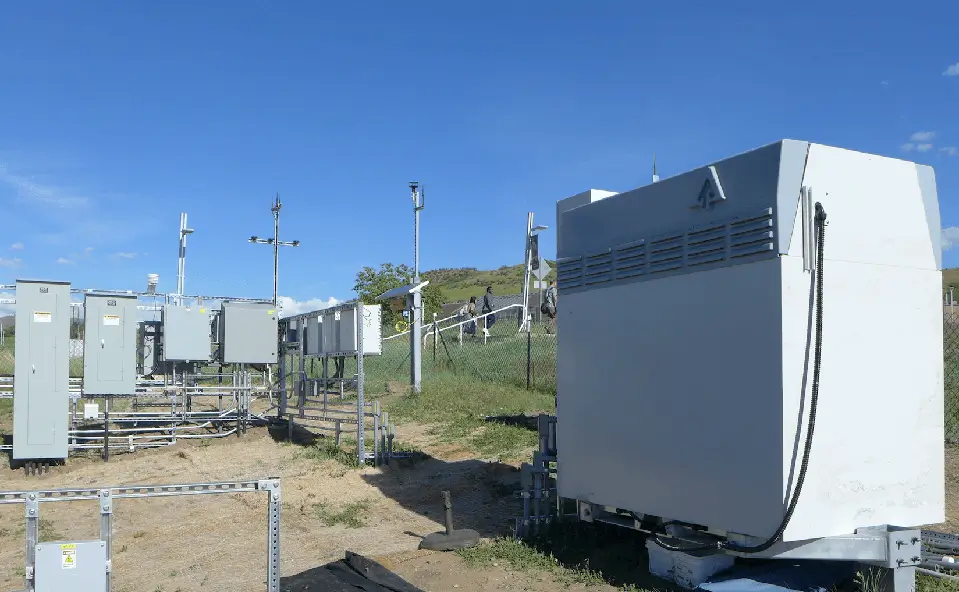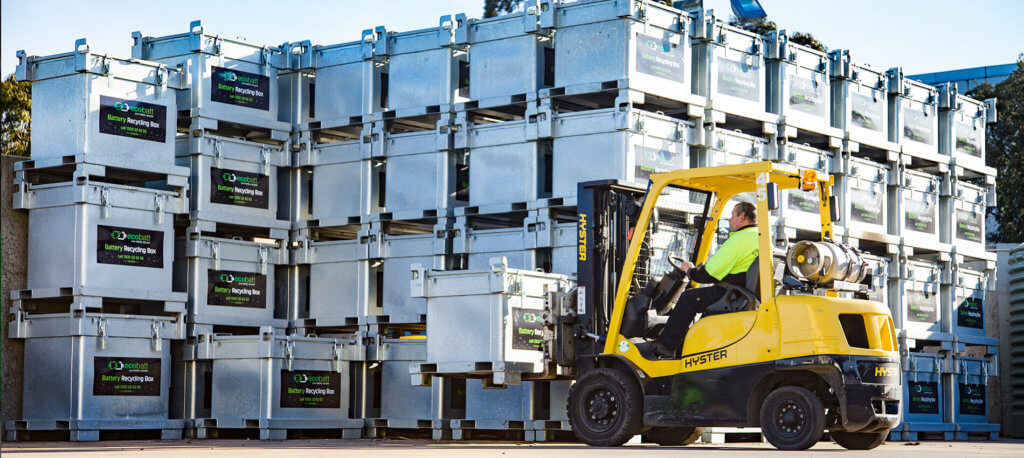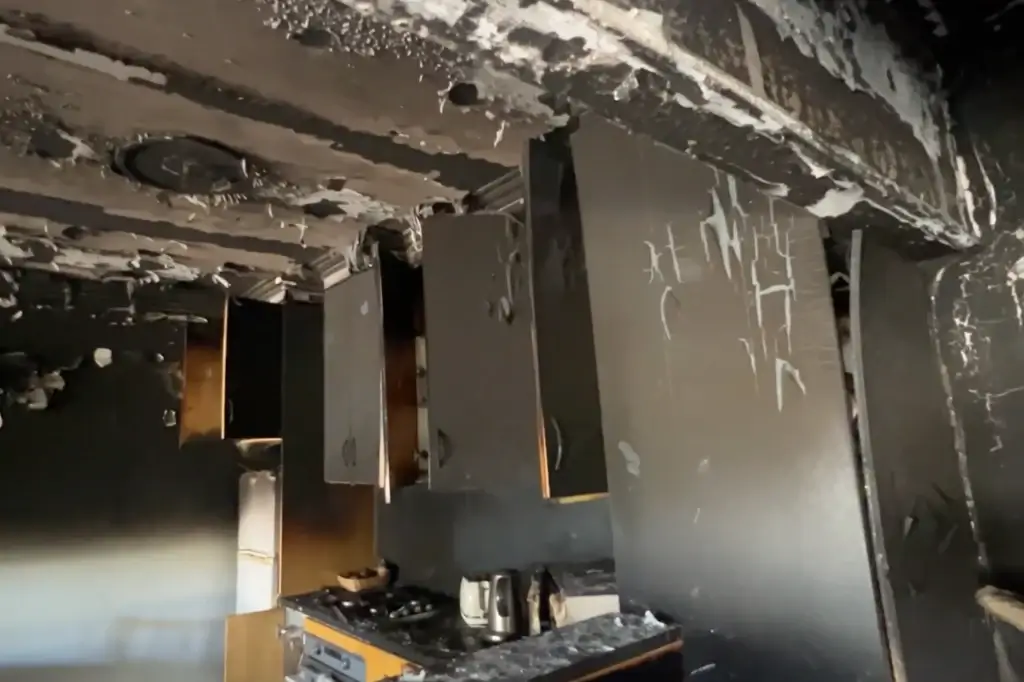With the opportunity to better exploit their jointly owned high-purity vanadium, Australian Vanadium and Technology Metals are looking to merge. This is a by-product of the rapid take-up of batteries that use vanadium as an electrolyte. Indeed, vanadium is the raw material for vanadium redox flow batteries (VRFB) . Importantly, it is also on critical mineral lists in Australia, the US, and the European Union. Sadly, for both companies lithium-ion batteries are very much the industry standard despite vanadium based batteries being better for long-duration storage. There are also fewer risks of them catching fire, enjoy minimal degradation and are recyclable.
Vanadium resources combined
Importantly, both companies have jointly owned vanadium resources close to Meekatharra in Western Australia. The companies have agreed on an all-shares merger proposal of $217 million. According to the CEO of Australian Vanadium, Graham Arvidson , vanadium redox flow batteries are coming into their own as an economic proposition. As well as that new mines can be justified because of the likelihood of snaring a small section of the growing demand for long-duration storage batteries. China is already commissioning larger VRFB and building manufacturing capacity, as it did with Lithium-ion giga factories. Deployments are also picking up in the US, the UK and Australia, where energy companies are looking beyond one to two hours of storage.
Australian Vanadium shareholders will emerge with 58 per cent of the shares in the combined business, and Technology Metals shareholders 42 per cent.
Critical Minerals
The debate around critical minerals will become more intense with the government announcing $2 billion worth of cheap loans and guarantees for critical minerals. The need to clear a pathway to achieve Labour’s ambitions in clean energy and green manufacturing is now of urgency. The political challenge in the short-term is to achieve development at scale which will achieve the labour government’s carbon neutral aspirations. Within the critical minerals list there are 26 minerals, but the list is still being refined. BHP and Fortescue are investing billions into nickel because of its significance for rechargeable battery chemicals and high strength alloys. Currently nickel is not on the critical minerals list despite its significance for rechargeable batteries.
Press reports suggest our government is banking on getting access to US investment dollars and involvement in US supply chains fast-tracked by the massive subsidies available under the Biden administration’s Inflation Reduction Act. The PM has been concerned at the possible flow of global capital to the US, but a US Australian taskforce set up following his recent visit to the US may help produce a plan for greater co-operation.
Ecobatt are monitoring globally trends in vanadium-based batteries and critical minerals. The company intend to pivot to ensure they continue to offer a safe and comprehensive collection processing and recycling service for all types of battery products to extract critical materials that can be reused in a variety of battery manufacturing processes. Currently Ecobatt collect, and process Redox flow vanadium batteries, and recycle the metals back through sister company Recycal.





